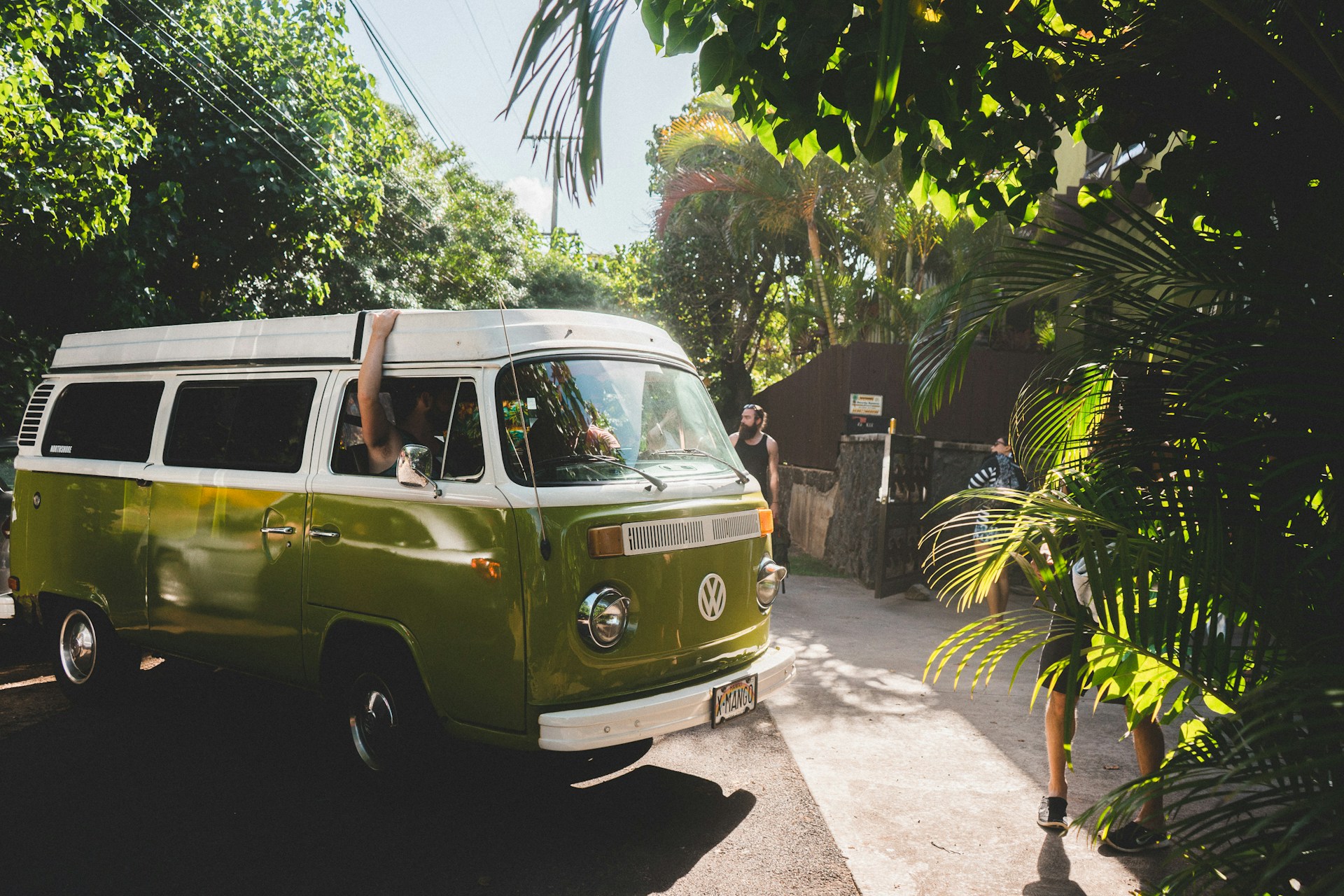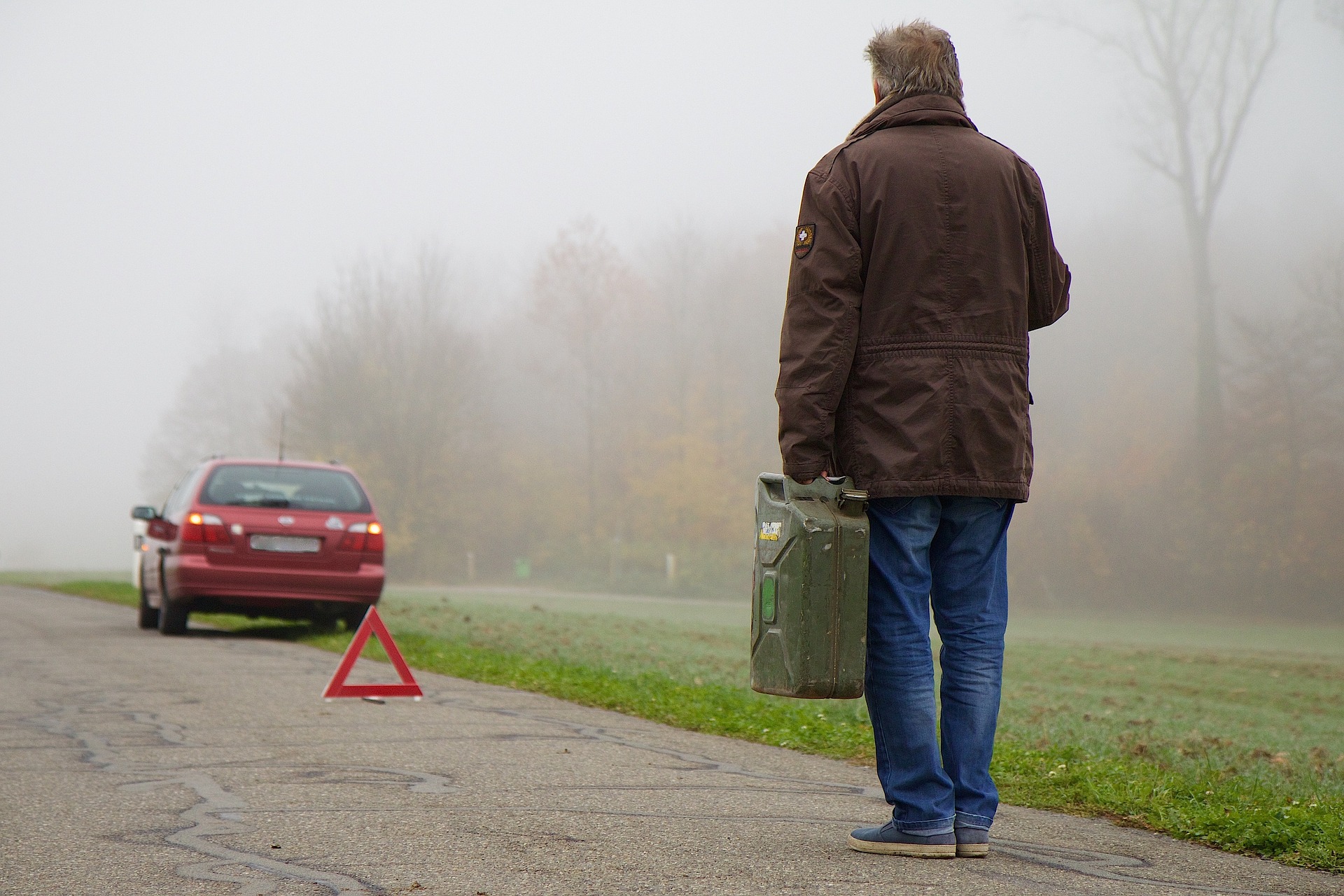The open road offers a sense of freedom and adventure, but it can quickly turn into a nerve-wracking experience when your car suddenly sputters to a halt. Panic might try to creep in in those moments, but how you respond to a car breakdown can make all the difference.
Having a clear plan of action when faced with a breakdown is a source of relief. With the right mindset and preparation, even an unexpected highway stop can be managed confidently. It’s not about avoiding the unexpected but being ready to turn a potentially stressful situation into a manageable one.

Car Safety Tips
Pull over to a Safe Location
Road travel can be fun and exciting until your car starts acting up. Your first thought should be to find a safe place to pull over. Getting your vehicle away from traffic is vital to keeping everyone safe. Aim for the shoulder or an emergency lane if possible, but the farthest edge of the road will do if those aren’t available.
Try to stay calm and take your time steering to a safe spot. The best action is to get out of danger as soon as possible. Once you’re safely off the road, you can focus on figuring out what’s wrong. To help ease any anxiety, focus on slow, deep breaths.
One way to avoid these unexpected stops is to keep up with regular vehicle maintenance. For example, when you service your Volkswagen regularly, you reduce the chances of sudden breakdowns, making your journey much smoother and safer. This proactive approach can provide a sense of security and control over your vehicle’s condition.
Turn on Hazard Lights


Once you’ve pulled over to a safe location, the next step is to ensure other drivers can see you. Turning on your hazard lights is essential to alerting those around you that your vehicle is stationary and possibly in distress. This simple action can help prevent accidents and give you peace of mind as you assess the situation.
In addition to your hazard lights, consider using any reflective triangles or road flares in your emergency kit. These extra precautions make your car more visible from a distance at night or in low-visibility conditions.
Assess the Situation
With your hazard lights on and your vehicle safely off the road, it’s time to examine what happened.
Step out of the car if it’s safe to do so, and carefully check for any obvious signs of trouble, such as:
- A flat tire
- Smoke…
Click Here to Read the Full Original Article at GoBackpacking…